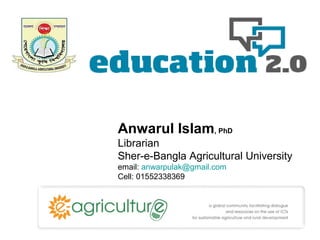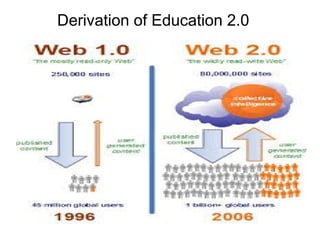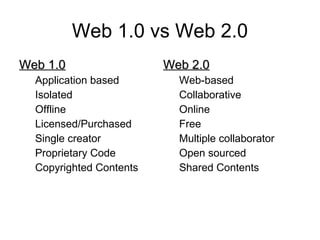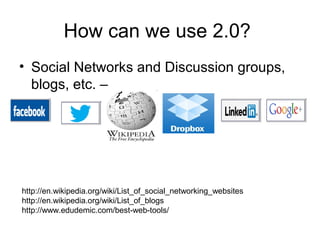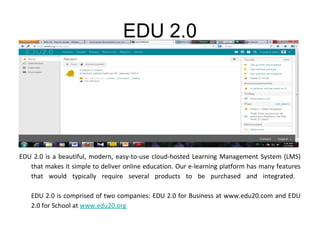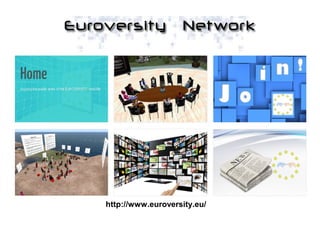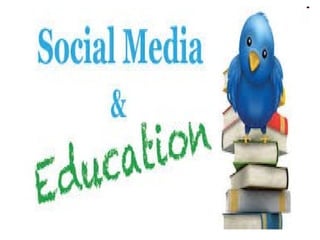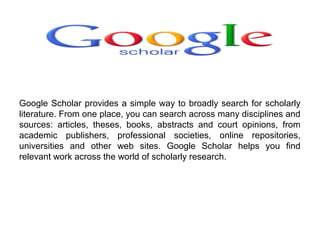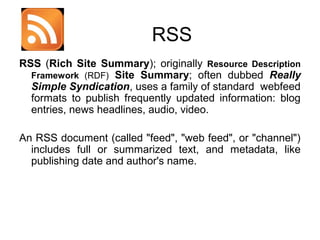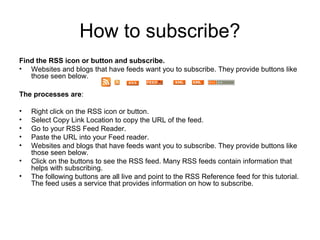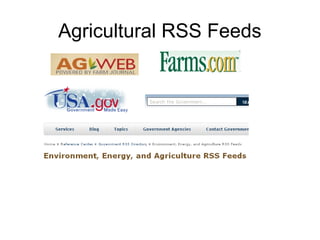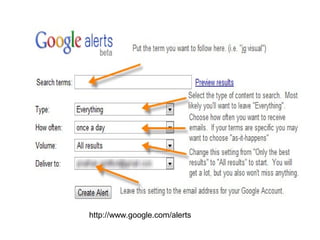Education 2.0
- 1. Anwarul Islam, PhD Librarian Sher-e-Bangla Agricultural University email: anwarpulak@gmail.com Cell: 01552338369
- 2. Derivation of Education 2.0
- 3. Web 1.0 vs Web 2.0 Web 1.0 Application based Isolated Offline Licensed/Purchased Single creator Proprietary Code Copyrighted Contents Web 2.0 Web-based Collaborative Online Free Multiple collaborator Open sourced Shared Contents
- 4. Education 2.0 ? • EDUCATION 2.0 = Education or learning + Web 2.0 or ICT tools • Education 2.0 (or eLearning) refers to the use of electronic media and information and communication technologies (ICT) in education. • E-learning is inclusive of, and is broadly synonymous with– – – – – – – – – Multimedia learning (ML), Technology-enhanced learning (TEL), Computer-based instruction (CBI), Computer-based training (CBT), Computer-assisted instruction or computer-aided instruction (CAI), internet-based training (IBT), Web-based training (WBT), Online education, virtual education, Virtual Learning Environment (VLE)
- 5. Overview Education 2.0 • An educational approach or tool that supports traditional subjects; • A technological medium that assists in the communication of knowledge, and its development and exchange; • An educational subject; • Administrative tools such Information Systems (EMIS). • A Study Medium without Teacher and Physical Classroom. • Beneficial Economically because of no use of Paper & Pencil. as Education Management
- 6. How can we use 2.0? • Social Networks and Discussion groups, blogs, etc. – http://en.wikipedia.org/wiki/List_of_social_networking_websites http://en.wikipedia.org/wiki/List_of_blogs http://www.edudemic.com/best-web-tools/
- 7. EDU 2.0 EDU 2.0 is a beautiful, modern, easy-to-use cloud-hosted Learning Management System (LMS) that makes it simple to deliver online education. Our e-learning platform has many features that would typically require several products to be purchased and integrated. EDU 2.0 is comprised of two companies: EDU 2.0 for Business at www.edu20.com and EDU 2.0 for School at www.edu20.org
- 8. Wikispaces Wikispaces Classroom is a social writing platform for education. We make it incredibly easy to create a classroom workspace where you and your students can communicate and work on writing projects alone or in teams. Rich assessment tools give you the power to measure student contribution and engagement in real-time. Wikispaces Classroom works great on modern browsers, tablets, and phones. http://pbworks.com/education
- 13. Google Scholar provides a simple way to broadly search for scholarly literature. From one place, you can search across many disciplines and sources: articles, theses, books, abstracts and court opinions, from academic publishers, professional societies, online repositories, universities and other web sites. Google Scholar helps you find relevant work across the world of scholarly research.
- 14. Exploring Web 2.0 Blogs, Wikis, Social Networks and Social Sharing
- 15. RSS RSS (Rich Site Summary); originally Resource Description Framework (RDF) Site Summary; often dubbed Really Simple Syndication, uses a family of standard webfeed formats to publish frequently updated information: blog entries, news headlines, audio, video. An RSS document (called "feed", "web feed", or "channel") includes full or summarized text, and metadata, like publishing date and author's name.
- 16. How to subscribe? Find the RSS icon or button and subscribe. • Websites and blogs that have feeds want you to subscribe. They provide buttons like those seen below. The processes are: • • • • • • • Right click on the RSS icon or button. Select Copy Link Location to copy the URL of the feed. Go to your RSS Feed Reader. Paste the URL into your Feed reader. Websites and blogs that have feeds want you to subscribe. They provide buttons like those seen below. Click on the buttons to see the RSS feed. Many RSS feeds contain information that helps with subscribing. The following buttons are all live and point to the RSS Reference feed for this tutorial. The feed uses a service that provides information on how to subscribe.
- 19. Google Alerts? Google Alerts are emails Google sends you when they find new results online about your chosen search term. Basically, Google Alerts is a way to stay updated on a particular topic without having to search Google multiple times throughout the day. This is what happens: Google crawls the entire web looking for new content including new web pages, blogs, newspaper articles, and anything else that includes your search term. Either when they find it, at the end of the day, or once a week Google emails you all the new content they found with your search term. The best part is that you can choose the terms, when they email you, and even what type of content you want to find and you can create up to 1,000 different Google Alerts.

